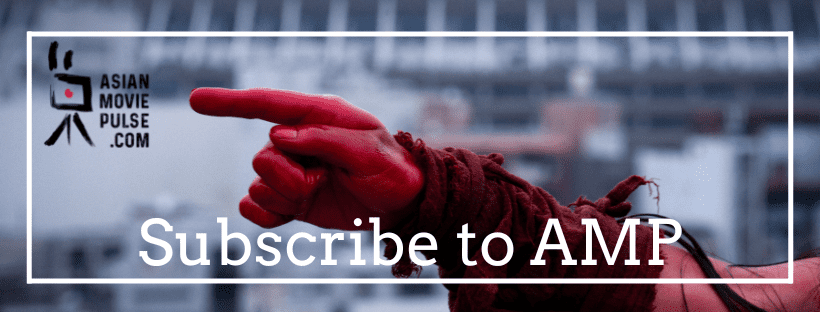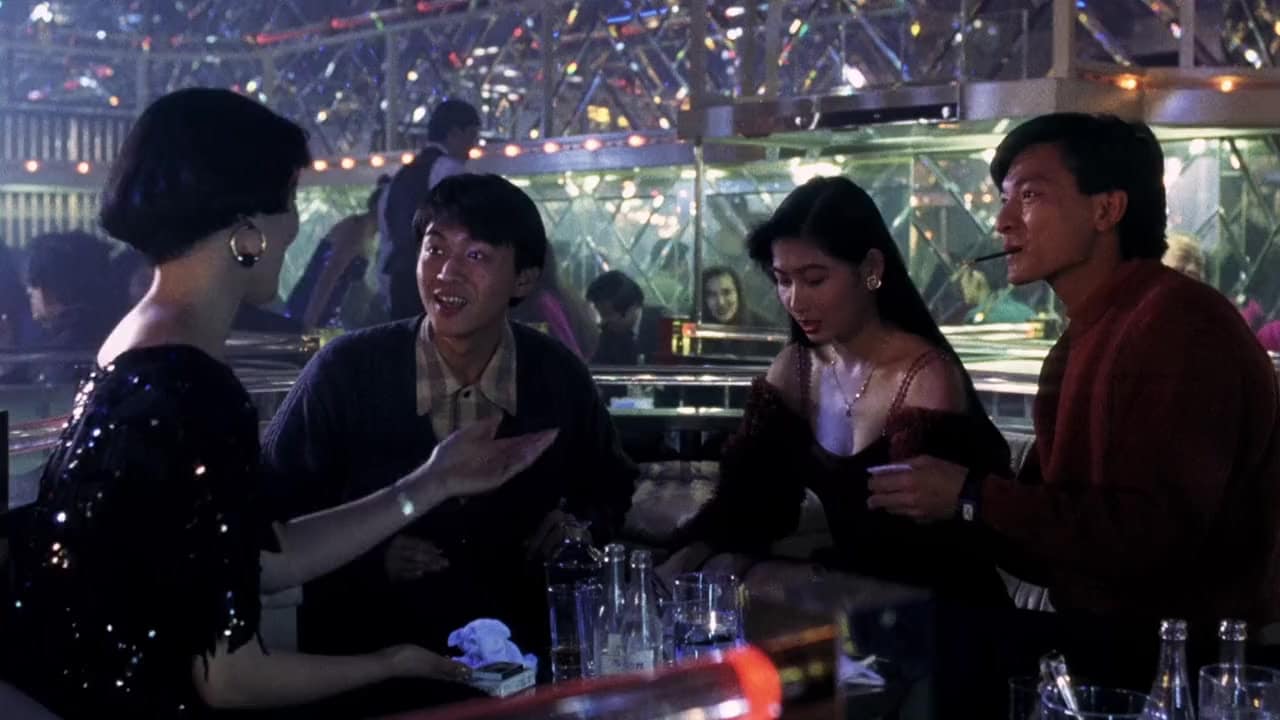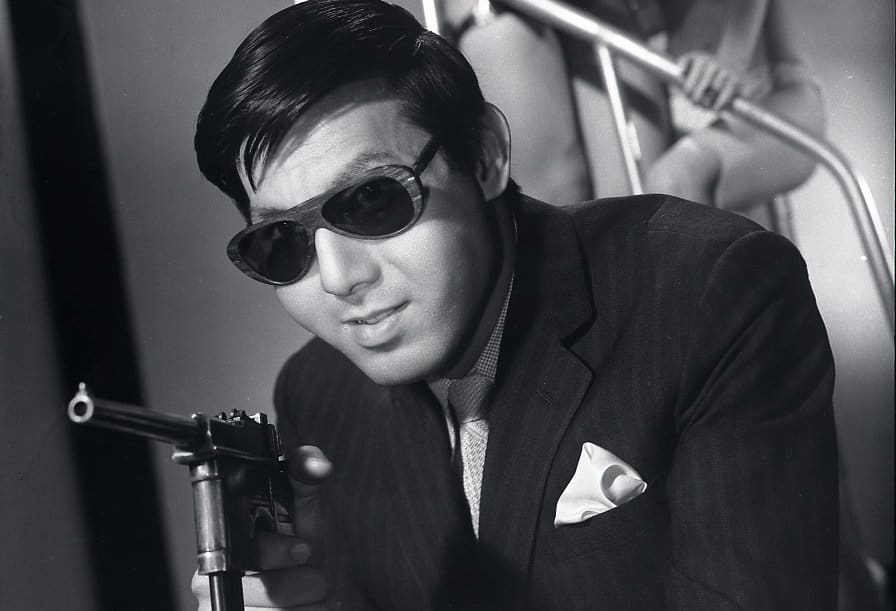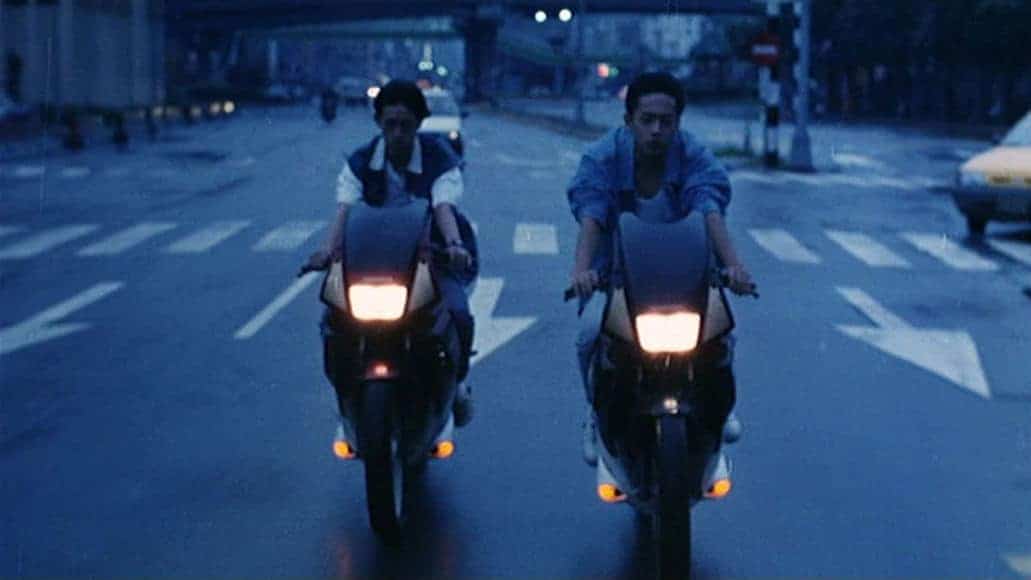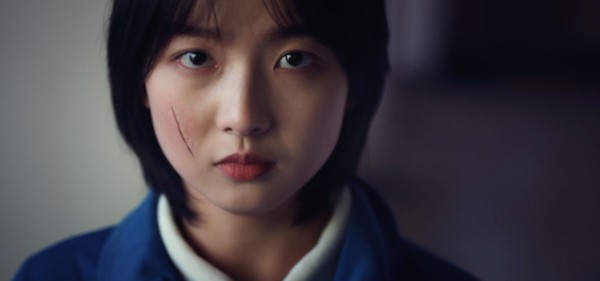“Kamen Rider ZO” (1993) was a remarkable addition to Keita Amemiya's expanding filmography. Despite a condensed runtime, the overall direction and execution were incredibly strong, which made up for that; hence, it remains one of the most favored pieces of media in the beloved superhero's extensive franchise and one of the director's finest films. It balanced fun sci-fi while respectfully honoring the thought-provoking themes the franchise is known for with a gritty edge, not to mention great creature designs. For Amemiya's second rendition of the cyber-enhanced grasshopper protagonist, he would switch gears with “Kamen Rider J,” a decent, if somewhat underwhelming, follow-up.
Buy This Title
on Amazon by clicking on the image below
It's worth noting that this film marked the last production to involve series creator Shotaro Ishinomori, who passed away four years later. Like its predecessor, it premiered at the Toei Super Hero Fair, and while not as well received as “Kamen Rider ZO,” audiences were generally satisfied. The “J” rendition of the character would go on to have a life outside this feature, including a future crossover with “ZO.”
In the story, the monstrous alien abomination known as the Fog Mother was responsible for wiping out the dinosaurs. Now, taking the form of a living fortress, she is prepared to destroy the present-day human race. A sacrifice is required to unleash her new breed. Hence, her three oldest children, Garai, Zu, and Agito, are tasked with fulfilling this sadistic prophecy. Following a ritual, the trio set out to find a victim. Meanwhile, a little girl named Kana Kimura is with her older friend Kouji Segawa, an environmentalist investigating pollution within a lake. Fog Mother's children arrive and kidnap the child to be sacrificed and kill Kouji. Yet, when all hope seems lost, he is resurrected by the Earth Spirits as the powerful insectoid warrior Kamen Rider J, along with the guidance of an emissary named Berry, who takes the form of a grasshopper. With his newfound powers and ally, the hero sets out to rescue Kana and prevent the Fog Mother from initiating doomsday.
The film moves at a nice pace, clocking in at the same runtime as “Kamen Rider ZO,” with less focus on the story this time. One thing noticeable in “Kamen Rider J” compared to its predecessor, it is geared towards younger audiences, playing out like a Saturday morning cartoon. Perhaps Toei and Bandai felt “ZO” was too dark, so they produced something that could appeal more to children. The overall tone is more lighthearted, except for Kouji's death in the opening, playing things way safer. Additionally, a heavy-handed environmentalist message is inserted that completely disregards subtlety. Yet, Amemiya still occasionally injects some of his usual gritty fair. There's an occasional scary creature design and clear religious symbolism, with the Earth Spirits meant to be angels from Heaven. At the same time, the Fog Mother is a satanic entity from Hell, with the three demonic children being devoted followers of this personification of evil.
Now, a little camp doesn't hurt. Even in some of its darkest entries, the “Kamen Rider” franchise is no stranger to campiness, sometimes embracing it. What matters is if the feature can establish its own identity. Yet, while Keita Amemiya's direction is fine enough, Shozo Uehara's screenplay struggles to stick to a smooth landing, feeling rushed in many spots. The movie often feels more blatantly like a corporate product than a project fueled by genuine passion. Beyond the action and set pieces, the movie is overly familiar, rehashing elements from other tokusatsu media. This film is short, but the whole narrative feels like a slapped-together afterthought, sometimes playing out like a glorified toy commercial. The awkwardly inserted themes of environmental preservation aren't helped by the attempted drama that feels hamfisted. Perhaps it's not fair to compare this movie to “Kamen Rider ZO” since it's very different, especially considering that film was made for an older demographic. Yet, even as an Amemiya project, it lacks the passion that was present in “ZO” and many of the director's other works.
The characters are a mixed bag. Undoubtedly, the main highlight of the cast is Kouji Segawa, who, while not a deep lead, is a charming hero to follow. Certainly, it's helped by a charismatic performance by Yuta Mochizuki, whom tokusatsu fans may remember for playing Geki/TyrannoRanger in the series “Kyoryu Sentai Zyuranger.” Unfortunately, the same can't be said for Kana Kimura, who, despite a serviceable performance by Yuka Nomura, is one-dimensional and merely there as a plot device; someone for Kouji to rescue. Even with the indications that the two are intended to have a sibling-like bond, it never flies. This makes any intended tension involving her character fumble, which becomes progressively more weightless in a ridiculously drawn-out moment towards the climax when the character dangles over a pit of creatures.
Surprisingly, the grasshopper sidekick Berry is enjoyable, charmingly voiced by Rikako Aikawa. She gives the character just enough wit and personality without becoming annoying. Maho Maruyama is effectively creepy, voicing the Fog Mother. However, the three children, Garai, Zu, and Agito, are generic baddies, with actors Kyoji Kamui, Yoko Mari, and Satoshi Kurihara doing their best with their limited material. The only highlight for them is when their true forms are revealed: Cobra Man, Wasp Woman, and Lizard Man, all nice updates of classic Kamen Rider villains. All the suit actors are great here, if anything, helping to give these underwritten characters more personality. Jiro Okamoto returns to collaborate with Keita Amemiya again, this time to play Kamen Rider J, and he does a stellar job.
For all the flaws with the script, the production values don't disappoint. There are plenty of impressive fight scenes, and the set design and cinematography are stellar. Keita Amemiya once again delivers some great creature designs, with Hiroshi Butsuda directing the special effects. The design of Kamen Rider J, while a bit too similar to the rendition shown in “Kamen Rider ZO,” is still an impressive sight, this time softer-looking and less imposing. In typical Amemiya fashion, the climax is a blast, and the kaiju-size battle at the end when Kamen Rider J grows giant is impressively staged. Eiji Kawamura produces a memorable music score, and the ending theme song, “Kokoro Tsunagu Ai,” performed by BYUE, is a catchy tune.
“Kamen Rider J” is by no means bad. It's got fun action and some nice set pieces, but it doesn't have much to separate it from other henshin hero media. As is, it's fine but fails to reach the bar “Kamen Rider ZO” set or have the unique qualities of other Amemiya works, including “Zeiram” and “Garo.” It offers just enough entertainment value for viewing, even if it doesn't warrant a future rewatch.




